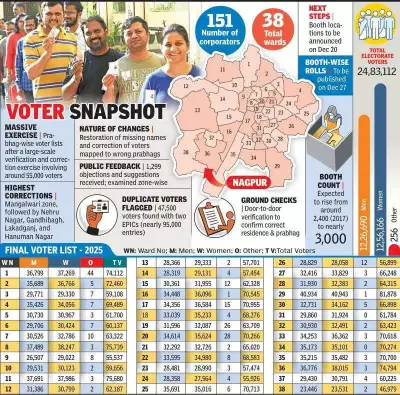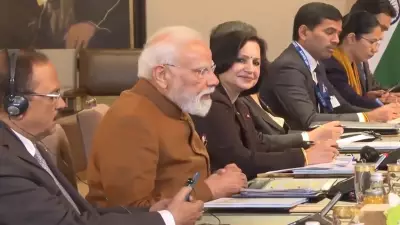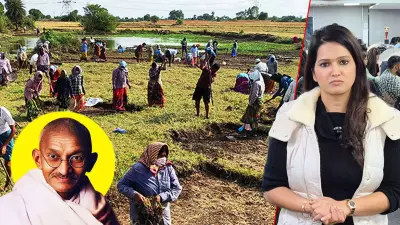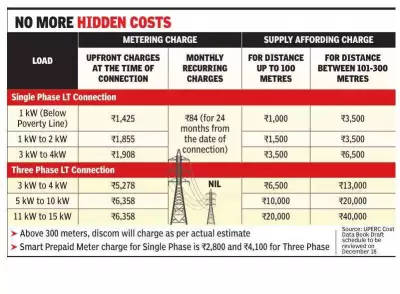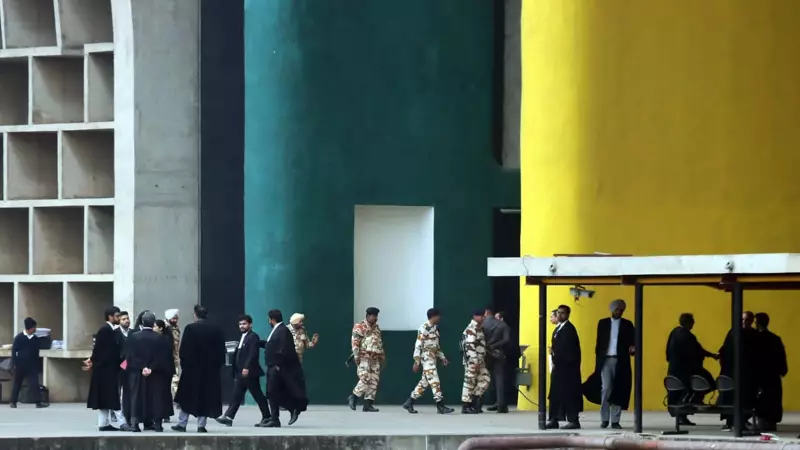
In a sweeping administrative move that's set to reshape the judicial landscape across two northern states, the Punjab and Haryana High Court has ordered the transfer of 19 judicial officers in a major reshuffle affecting both Punjab and Haryana.
The Transfer Orders: A Comprehensive List
The high court's decision, which came through official notifications, affects civil judges and judicial magistrates across various districts. The transfers represent one of the most significant administrative reorganizations in the region's judiciary in recent months.
Key Transfers in Punjab
Among the notable changes in Punjab, Civil Judge (Junior Division) Satvir Singh has been moved from Gidderbaha to Malout, while Priyanka has been transferred from Malout to Gidderbaha in what appears to be a direct swap position.
Other significant transfers include:
- Rohit Garg shifted from Nakodar to Balachaur
- Gurpreet Kaur moved from Balachaur to Nakodar
- Ravneet Kaur transferred from Bassi Pathana to Khanna
- Kulwinder Singh relocated from Khanna to Bassi Pathana
Haryana Judicial Reshuffle
The Haryana judiciary saw equally significant changes, with Civil Judge (Junior Division) Jyoti being transferred from Naraingarh to Barwala. The reshuffle affects multiple districts across the state, ensuring fresh perspectives in various judicial positions.
Understanding Judicial Transfers
Such periodic transfers are a standard administrative practice in the Indian judiciary, designed to:
- Bring fresh approaches to longstanding cases
- Prevent the development of vested interests
- Ensure broader exposure for judicial officers
- Maintain objectivity in judicial proceedings
The timing and scale of these transfers suggest a strategic approach by the high court administration to optimize judicial resources and address administrative requirements across both states.
Impact on Pending Cases
While such transfers are routine, they often raise concerns about the continuity of ongoing cases. However, the judiciary has established protocols to ensure smooth transitions, with proper handover procedures and case documentation to minimize disruption to justice delivery.
Legal experts note that while transfers may cause temporary adjustments, they ultimately contribute to a more robust and impartial judicial system by preventing stagnation and promoting diverse judicial experiences.
The legal communities in both Punjab and Haryana are closely watching how these changes will affect court functioning and case disposal rates in the coming months.

